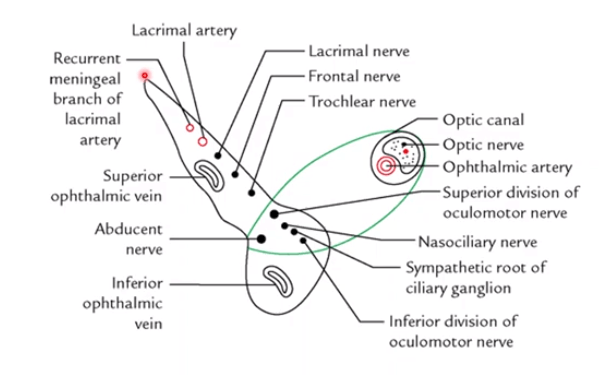Superior Orbital Fissure (SOF) is a cleft between greater and lesser wing of sphenoid which connects orbit and middle cranial fossa. It is divided into 3 compartments by the tendinous ring (annulus of Zinn). Superior orbital fissure alone (Lateral compartment): Mnemonic: LFTS Superior orbital fissure in tendinous ring (Intermediate compartment):…
Tag: Nervous system
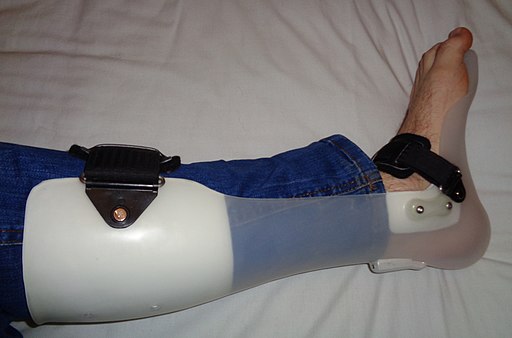
Foot Drop : Differentials
Foot drop can result from: L5 radiculopathy Lumbar plexopathy Sciatic neuropathy Peroneal neuropathy Causes Disc herniation, Spinal canal stenosis Pelvic surgery, hematoma, prolonged labor Hip surgery, Injection injury Compression/trauma Motor Weakness includes muscles and hip abductors Weakness includes hip abductors and anal sphincter Weakness includes tibial and hamstring muscles Weakness…
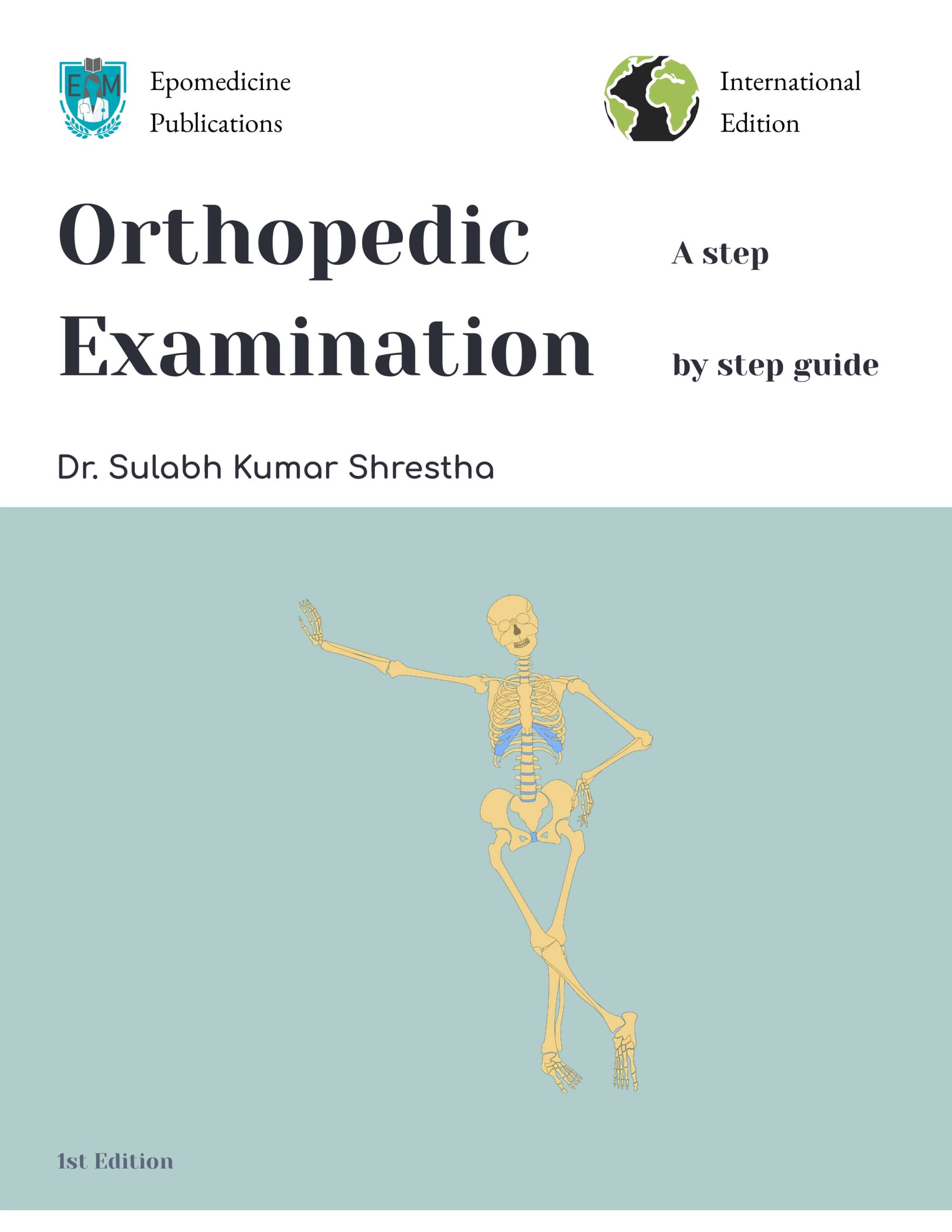
Orthopedic Examination Made Easy
Orthopedic examination is a fundamental aspect of assessing musculoskeletal conditions, injuries, and disorders. This comprehensive guide aims to provide healthcare professionals, students, and practitioners with a thorough understanding of the principles, techniques, and best practices involved in conducting orthopedic examinations. By examining the mechanics behind the tests, readers will gain…
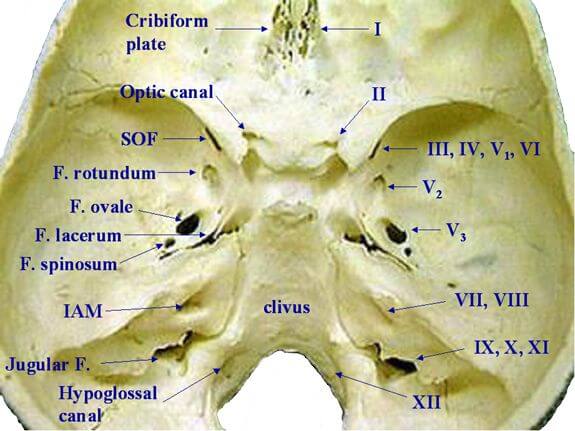
Middle Cranial Fossa : Mnemonics
Boundaries The body of the sphenoid makes up the central portion of the middle fossa and houses the sella turcica, bounded by the anterior and posterior clinoid processes. List of Foramina from Anterior to Posterior Mnemonic: Old Rotund Owls Spin Lazily These foramina are in the Sphenoid bone. Contents of…
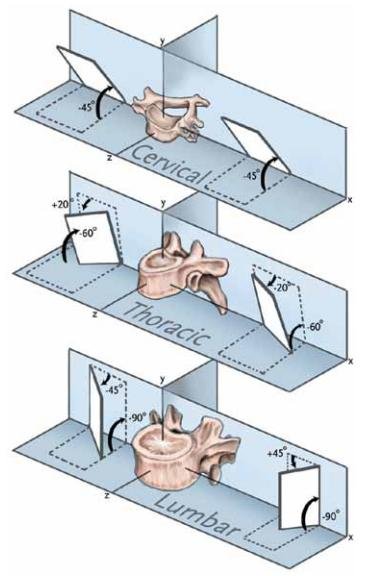
Facet Joint Orientation : Mnemonic
Mnemonic: BUM BUL BUM The superior articular process faces: 1. Cervical vertebra: BUM 2. Thoracic vertebra: BUL 3. Lumbar vertebra: BUM
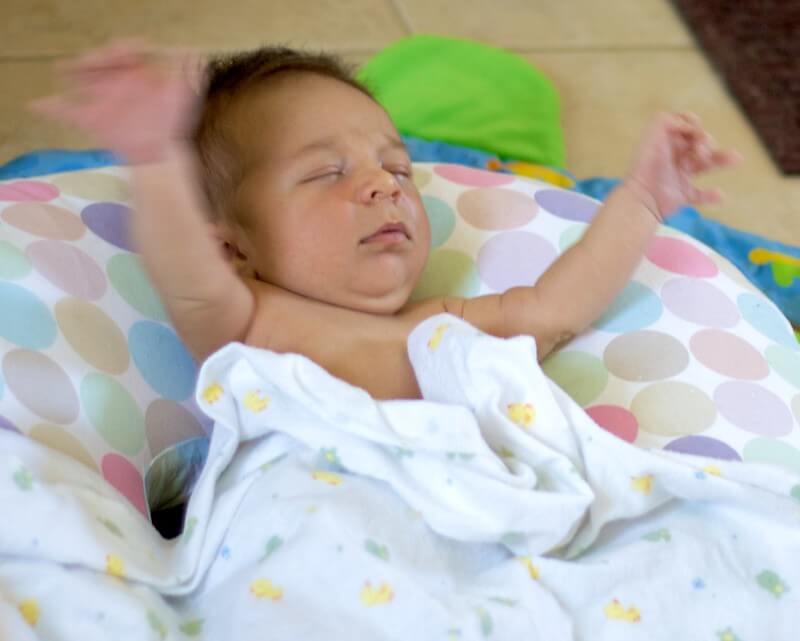
Eliciting Primitive Neonatal Reflexes
Neonatal reflexes are the reflexes which are present at birth and have a predictable course of appearance and disappearance. A normally developing newborn should respond to certain stimuli with these reflexes, which eventually become inhibited as the child matures. The list of reflexes that can be elicited in normal newborn…
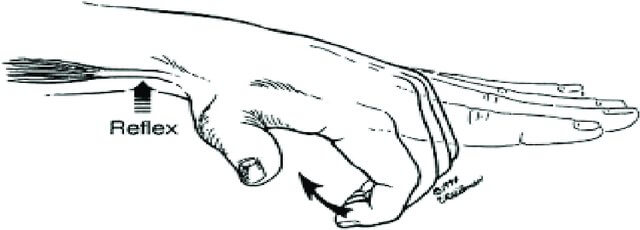
Inverted Reflexes
An inverted tendon reflex refers to the elicitation of the movement opposite to that normally seen when the reflex is elicited. Mechanism of Inverted Reflexes A lesion which simultaneously affects: This leads to 2 components: Mechanisms of hyperactive response: Types of Inverted Reflexes 1. Inverted supinator reflex: 2. Paradoxical triceps…
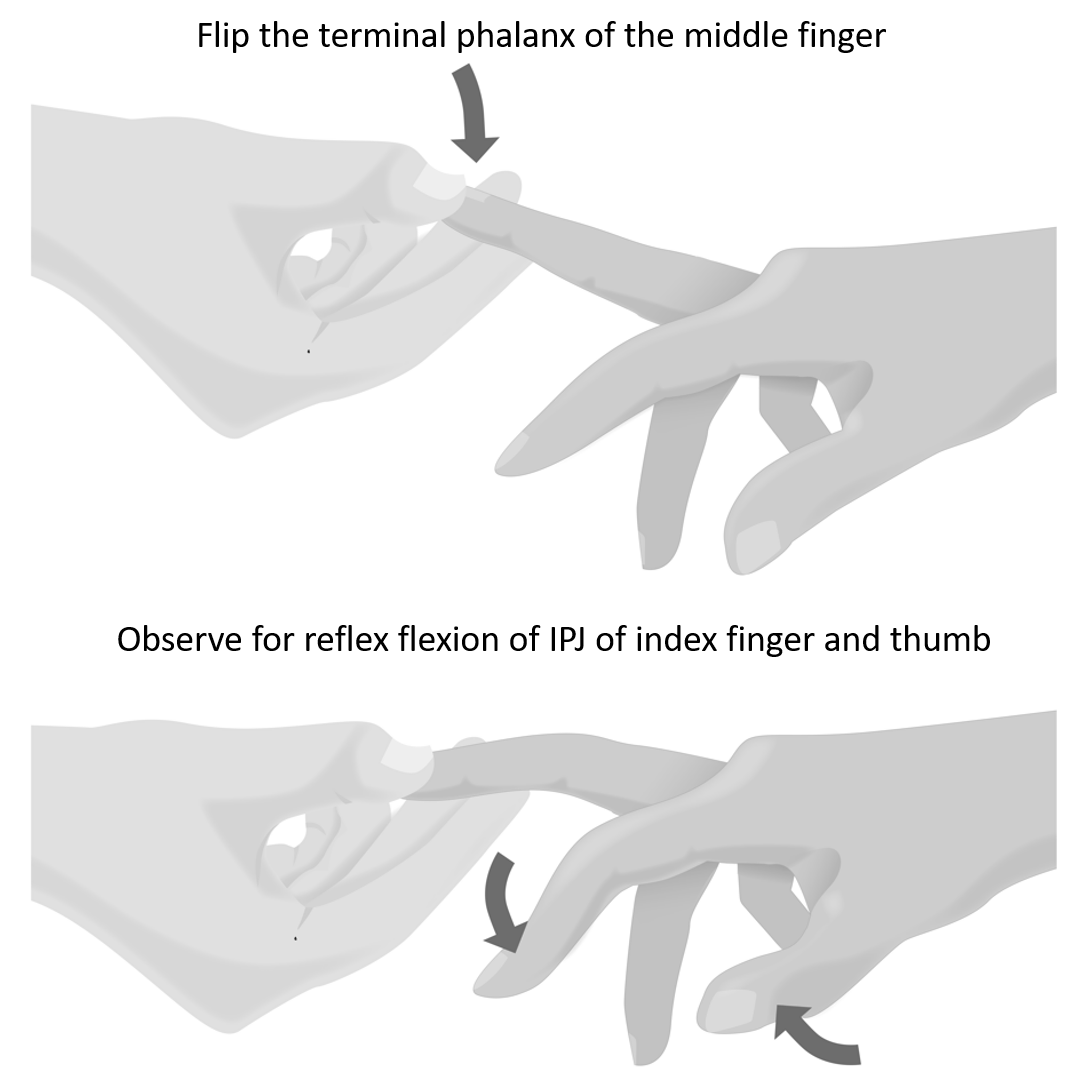
Hoffmann’s Sign
History Method of Eliciting Hoffmann’s Reflex Mechanism of Positive Hoffmann’s Reflex Sudden stretch of the finger flexors causes involuntary finger flexor contraction due to activation of a monosynaptic stretch reflex. Exaggeration of the reflex is caused by hyperreflexia in the setting of upper motor neuron dysfunction. Upper motor neuron lesions…
